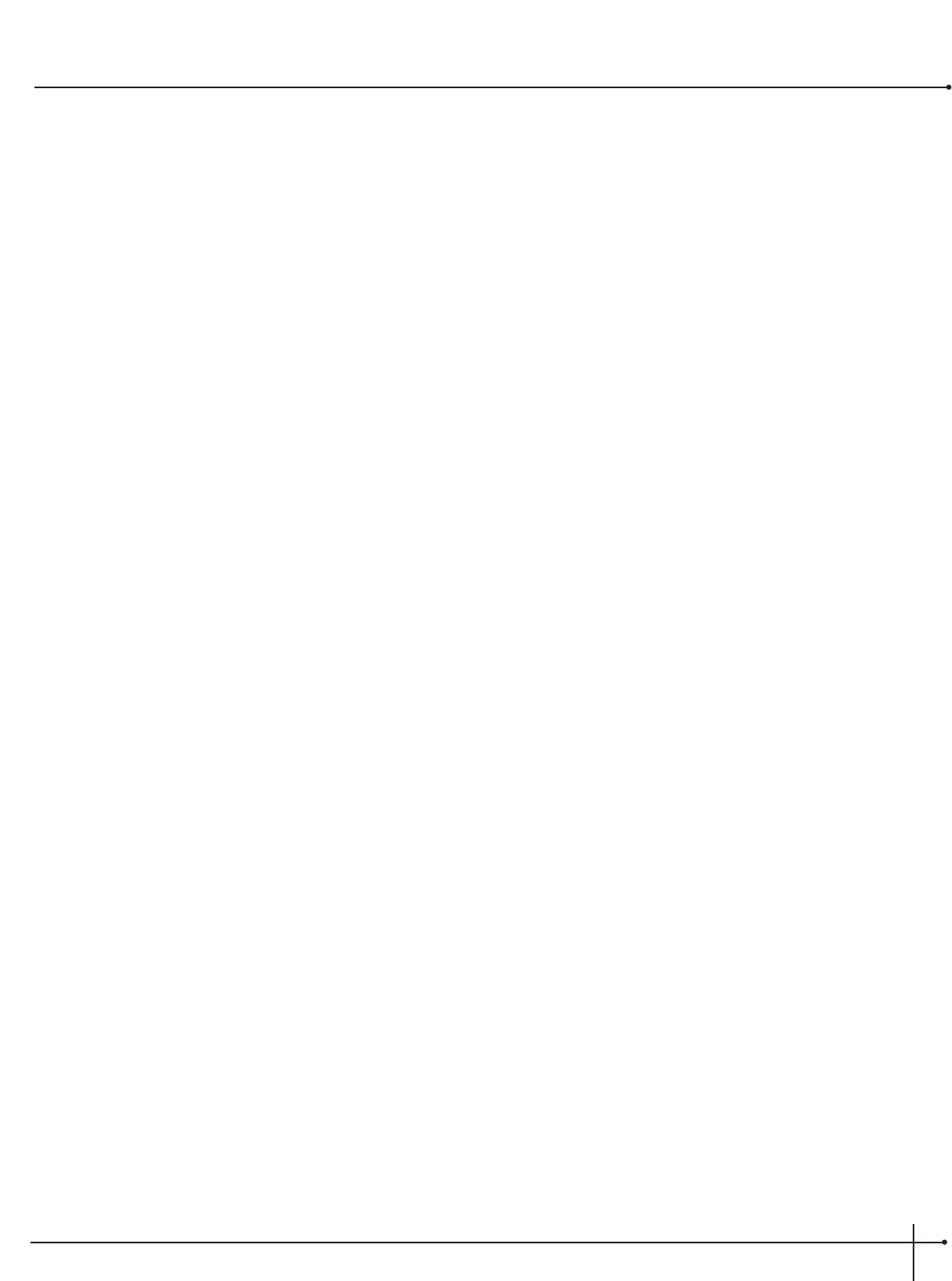
Out C - D Adjusts the overall level of chorus voice C or D. Ranges from Off to 100%.
Pan C - D Controls the placement of chorus voice C or D in the stereo image. Ranges from -99 to 99.
Out LA - LB Adjusts the left-side level of chorus voice A or B. Ranges from Off to 100%.
Out RA - RB Adjusts the right-side level of chorus voice A or B. Ranges from Off to 100%.
Spread Controls the width of the effect’s stereo imaging. The higher the setting, the wider the image. The lower the setting,
the more monophonic the effect becomes. Ranges from 1 to 10.
Flanger
A Flanger is just a chorus that loops back into itself, causing what can be described as a tubular sound (since it sounds much like the
reflections heard inside a large cement or metal pipe). It is still a modulating effect, so you hear a lot of sweeping movement. This makes the
flanger a very colorful effect that can be easily overused if you're not careful. The more you feed the flanger back to itself, the more intense the
sound becomes.
When do I use Flanger? An electric guitar is a sound that can utilize the flanger effect. It works very well with both clean and distorted
guitar sounds. By setting the Speed and Depth parameters to higher settings, this will add more depth and body to the overall guitar signal.
Flanger Parameters
Note: Not all of of the parameter listed below are available in all of the Flanger modules.
FX: Lvl Controls the signal input level fed to the Module. Ranges from Off to 100%.
Dry: Lvl Controls the level of the dry (uneffected) signal. Ranges from Off to 100%.
Balance Controls the positioning of the dry signal in the stereo soundfield. Ranges from -99 (all left) to 99 (all right).
Speed Controls the Low Frequency Oscillator (LFO) speed of the flanger. Ranges from 0.06 to 16.0 Hz.
Depth Controls the intensity of the flange effect. High settings of DEPTH combined with high settings of FDBCK produce
dramatic, synth-like textures. Ranges from 0 to 30 milliseconds.
FdBck Controls how much of the flanged signal is fed back to the input of the Module. The FDBACK Parameter is what
gives flangers their distinctive voice. Flangers are capable of both positive and negative feedback loops, so
experiment to find the sound you like best. Ranges from -99% to 99%.
WvFrm Selects which waveform the LFO follows. Options for this control include sine, triangle, SP1 (Special 1), and SP2
(Special 2). The sine wave setting is probably the most easily recognized, but the smooth response of the triangle
wave or the intensity of SP1 or SP2 typically produce better results. See figure 4-2.
Johnson Millennium
User Guide
Section - 4 Editing Modules
43


















